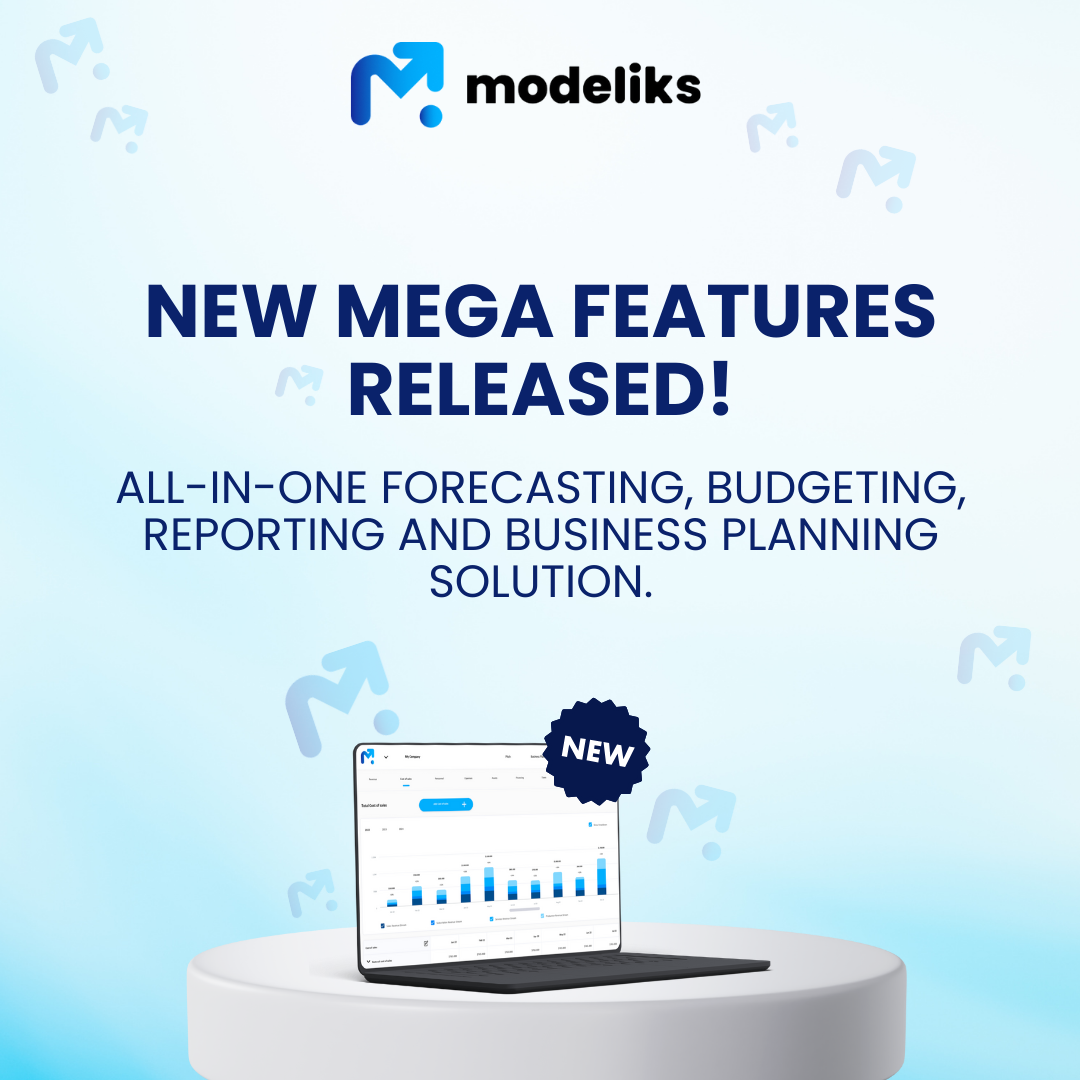Understanding your cash burn rate is essential for managing the financial health of your business. This metric, especially critical for startups and growth-phase companies, measures how quickly you spend your cash reserves. In this article, we will delve into the details of this vital metric, its importance, and how to calculate it effectively.
What is the Cash Burn Rate?
It is the rate at which a company uses up its cash reserves. It is a measure of negative cash flow, typically recorded as a monthly rate. Knowing your cash burn rate is crucial as it indicates how long your business can continue operating before needing additional funding. For example, if your monthly rate is $50,000, your business is spending $50,000 more than it earns each month.
Why Monitor Cash Burn Rate?
Monitoring your cash burn rate helps assess your business’s financial sustainability. It provides insights into how quickly you are depleting your cash reserves and whether you are moving toward profitability or facing potential cash flow issues. A controlled rate ensures that your business can continue to operate and grow without the immediate risk of running out of cash.
Implications for Startups
For startups, this is a critical metric as they often operate at a loss during the initial stages. Understanding and managing this rate is vital to ensure that the business can reach profitability before the cash reserves are exhausted. Investors also closely scrutinize this metric to gauge the startup’s financial health and longevity.
Calculating Cash Burn Rate
Gross and Net Burn Rate
You need to look at your cash flow statement to calculate your cash burn rate. There are two main types of burn rates: gross burn rate and net burn rate.
Gross Burn Rate
This is the total amount of operating expenses a business incurs in a month. It includes all monthly outflows such as salaries, rent, and utilities.
It can be calculated with the following formula:
Gross Burn Rate = Total Monthly Operating Expenses
Net Burn Rate
This reflects the actual monthly loss by subtracting revenue from the gross burn rate.
Here is how to calculate it:
Net Burn Rate = (Revenue – Operating Expenses)
For example, if your monthly operating expenses are $100,000 and your revenue is $70,000, your net burn rate would be $30,000.
Step-by-Step Calculation
Suppose your business starts the month with $200,000 in the bank and ends with $150,000. The difference, $50,000, is your cash burn rate for that month. If you want to calculate the monthly burn rate over a quarter, you would sum up the beginning and ending cash balances for each month, find the difference, and divide by the number of months.
Monthly Burn Rate
(Cash Balance at Beginning of Period – Cash Balance at End of Period) / Number of Months
For example, if your starting cash balance in January is $300,000, and it decreases to $200,000 by the end of March, your quarterly burn rate is $100,000, and the monthly burn rate is approximately $33,333.
Strategies to Reduce Cash Burn Rate
- Increase Revenue : Boosting sales or finding new revenue streams can help offset your operating expenses.
- Cut Costs : Reduce non-essential expenses, streamline operations, and renegotiate terms with suppliers.
- Optimize Payroll : Consider deferring new hires, laying off non-essential staff, or implementing salary cuts if necessary.
- Improve Cash Collection : Bill customers promptly and follow up on late payments to improve cash inflows.
- Delay Payments : Negotiate extended payment terms with your suppliers to hold onto your cash longer.
Monitoring and Adjusting
Regularly reviewing your cash burn rate and making necessary adjustments is essential for maintaining financial health. Use forecasting tools to predict future cash flows and plan for various scenarios. This proactive approach helps in making informed decisions and avoiding potential cash crises.
Understanding this vital metric and how to calculate it is crucial for any business, especially startups. By monitoring it, you can ensure that your business remains financially sustainable and is well-prepared to handle growth or downturns.
Ready to take control of your business finances? Modeliks offers a suite of tools designed to help you monitor, and forecast future cash flows, and make informed financial decisions. Our intuitive platform lets you easily track your financial health and optimize your business strategy. Sign up for Modeliks today and gain the insights you need to drive your business forward. Start for Free and see the difference!








